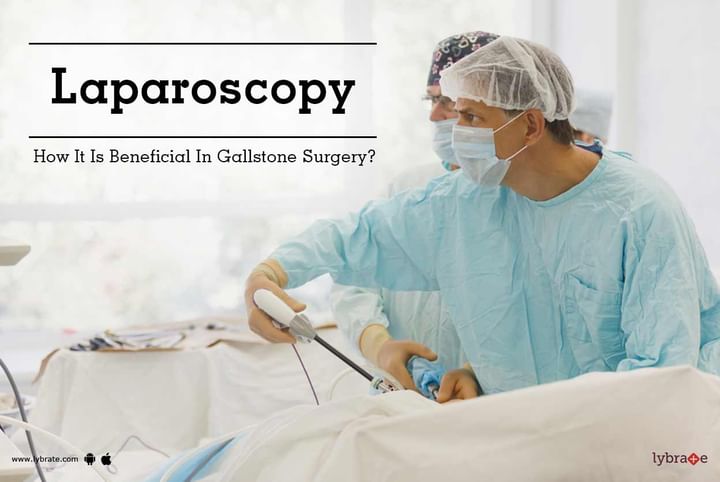Laparoscopy - How It Is Beneficial In Gallstone Surgery?
Gallstones are a medical condition in which the formation of stones takes place in the bile duct or the gallbladder. One of the major factors responsible for the formation of gallstones is an elevated excretion of cholesterol by the liver, most of which remains undissolved by the bile. The undissolved cholesterol may crystallize resulting in the formation of gallstones (yellow cholesterol stones, a condition termed as Cholesterol Gallstones). In some cases, increased level of bilirubin in the bile (triggered by a liver problem, liver damage or other medical conditions), which doesn't undergo a breakdown, may lead to stone formation (known as Pigment Gallstones). Here, the stones appear black or dark brown in color.
Gallstones are common among women, especially those who are 40 years and more. Obesity, diabetes, liver disorders, unhealthy diet (rich in fats and cholesterol), certain medications (those containing estrogen) can also trigger the formation of gallstones. Gallstones left untreated and unattended can give rise to serious complications such as blockage of the pancreatic duct (resulting in Pancreatitis) or the bile duct. There may also be inflammation of the gallbladder. In extreme cases, a person may even suffer from something as serious as Gallbladder Cancer.
Laparoscopy to remove the gallstones
- While a lot of treatments and medications are available to deal with gallstones, most people opt for Laparoscopy. What makes laparoscopic surgery superior to the other open surgeries is that it is minimally invasive with a better and quick recovery. Also termed as Cholecystectomy, the laparoscopic surgery for the removal of gallstones as well as the gallbladder involves the following steps.
- General anesthesia is given to the patients before the surgery.
- The surgeon makes 3-4 small incisions in the abdomen.
- The surgeon then inflates the stomach to get a better view of the internal organs (including the organs affected). Carbon dioxide gas is passed into the stomach to inflate it.
- In the next step, the surgeon carefully inserts a laparoscope (a narrow and long tube that comes with a high-density light and a front camera with a high-resolution) through one of the incisions (usually the one close to the belly button) to aid in the surgery.
- Nex,t the surgeon inserts the surgical instruments needed to get the gallstones and the gallbladder removed.
- Before the surgical removal of the gallstones and the gallbladder, an important X-ray of the bile duct called the Intraoperative Cholangiography (shows the bile duct anatomy) is done.
- With the gallbladder and the stones removed, the laparoscope and the surgical instruments are then removed and the incisions stitched carefully.
- The gallbladder is known to store the bile pigment. With the removal of the gallbladder, there is a small rearrangement. The bile pigments now move from the liver into the small intestine via the bile duct.
- The patients may require spending 1-2 days in the hospital. The patient is expected to be in a better shape (less discomfort) within 2-3 weeks.
- In case complications arise during the surgery, the surgeon may have to switch onto an open surgery. If you wish to discuss about any specific problem, you can consult a General Surgeon.



+1.svg)
